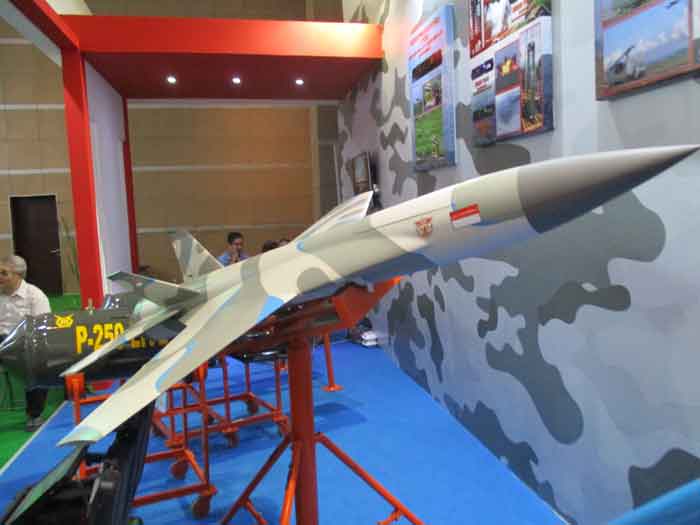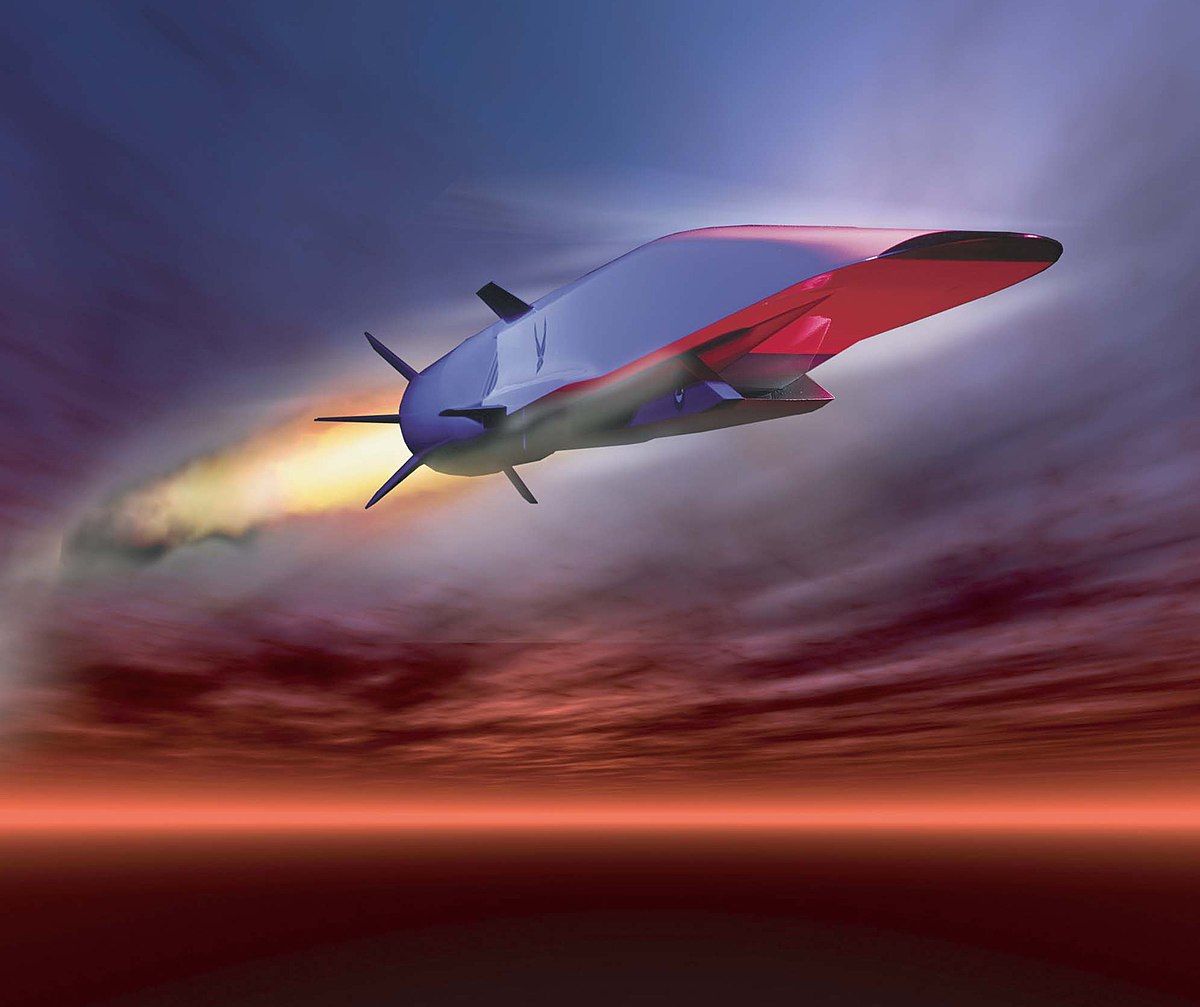With all of the procurement happened, their delivery Times would go around between 2026 through around early 2030 year.
With the F15 EX, Rafale F4 and KF21 going to dominated the high end lists. Our low end fighter fleets in which comprised of F-16 (all of them is older variants in which had been categorically being classified as workhorse low end fighter within USAF), T/A 50 and Hawk 109/209. Among them those Hawk squadron would be more than 30 years old in 2030 and those F16 (C,D and Block 15 OCU) would reach 40 years old (though SLEP program would let them to have around 2000 to 3000 hours or more (depend on case per case) of flying time but let's not discount the possibility to retire them earlier than what had been expected) would let our low end low costs performing fighter fleets is in lower number than our high end fighter fleets.
And so within 2024 or 2025 onward the Air Force should started looking for light aircraft competition program. The purpose is very obvious, we can't depend on ourselves with high end fighter fleets to do routine peace time duty (including daily peace time patrol duty, peace time interception duty, CAP and so on) as the costs would be too high and we would costs too much on the valuable flight hours life of the aircraft itself just to do jobs in which can be done by the lower end fighter such as the Hawk or older F16.
Second, the number of squadron fighter in Indonesia is still too low, even at estimated number after the completion of plan Bobcat, Indonesian Air Force would only have around 10 to 12 fighter squadron fleets to be divided into three Air command units. This considering the coveraged area in which our Air Force must protected and guarded is around of 8 million square kilometer of Airspace of our seas and land areas. That's staggering amount of responsibilities areas is no less than the European continent or big country such as China or USA. This means even at the number of 180 or so fighter as stipulated by the Bobcat plan, every fighter aircraft in Indonesian Air Force must cover area of responsibilities around 44,500 or so square kilometer. This is surely not enough, and can't be justified by any logical means, as every units itself need maintenance time, and spend time for routine check and not always available for operational combat duty.
Looking from this points, the gaps between operational needs and what had been available is still too staggering indeed. To Remedy such situation, the most logical answer is to add more number of assets and using the advantage of technology progress like introduced UAV and UCAV to share such burden. But nonetheless, there is always needs to adding more manned fighter aircraft into the fleets as with the current technical specs and technological level of current UAV and UCAV is not panacea to answer the complexity of problem the Air Force must face.
And why inducted more light fighter aircraft in the class of what i had been mentioned before? One aspect, is costs, from initial acquisition costs, operational costs and life cycle costs all of them must have much lower number than the high end fighter we are currently aiming to have at, in which lead to better availability of the fleets and greater number to be acquired. Second, the complexity of production process of such fighter is much lower than what high end fighter have, and induction Rates should have been much faster.
Thus i can say, between 2024 or 2025, it should have been the perfect windows time to start the process for looking additional light fighter aircraft at sufficient number for the Indonesian Air Force. Thus necessarily reduced the gaps supposed to be happened in 2030.





